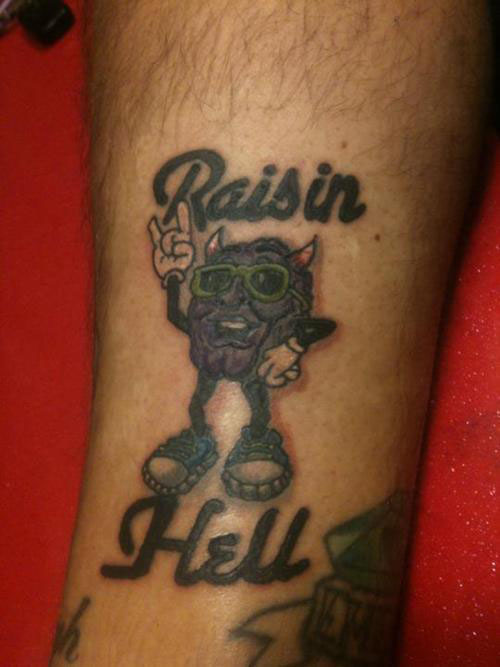

While intimate partner violence involving guns presents a bleak problem, research shows that the following federal and state policies and practices that disrupt abusers’ access to guns can save lives.ġ. In addition, segments of the LGBTQ community and people with disabilities are highly vulnerable to severe forms of relationship abuse, but there is alarmingly little data on the intersection of firearms and intimate partner violence among these populations because of chronic underreporting. While the deadly intersection of guns and intimate partner violence affects all women, it has a disproportionate impact on Black, American Indian/Alaska Native, and Hispanic women. The ripple effects of firearms in the hands of an abuser extend far beyond the intimate relationship-affecting children who witness or live with it and the family members, coworkers, and law enforcement officers who respond to it. In more than half of mass shootings over the past decade, the perpetrator shot a current or former intimate partner or family member as part of the rampage. Nearly 1 million women alive today have reported being shot or shot at by intimate partners, and 4.5 million women have reported being threatened with a gun by an intimate partner. Abusers with firearms are five times more likely to kill their victims, and guns further exacerbate the power and control dynamic used by abusers to inflict emotional abuse and exert coercive control over their victims.Įvery month, an average of 70 women are shot and killed by an intimate partner. Intimate partner violence and gun violence in the US are inextricably linked, impacting millions of women, families, and communities across the country.


 0 kommentar(er)
0 kommentar(er)
